
 A bird’s eye view of the passenger terminal complex.
A bird’s eye view of the passenger terminal complex.
DRIVEN by a vision to place Qatar at the forefront of the aviation sector, the New Doha International Airport Steering Committee has been making concerted efforts to press ahead with the New Doha International Airport project on all fronts.
When the NDIA opens by its revised 2011 deadline, the development is envisioned to be a modern world-class airport providing high levels of service, comfort and convenience for passengers and airport users.
It will be one of the first airports in the world to accommodate unrestricted operations by all commercial aircraft, including the new A380 airliner that will soon be added to Qatar Airways’ fleet.
The airport is designed to annually handle 24 million passengers, 1.4 million tonnes of cargo and more than 360,000 aircraft movements. The airport’s masterplan provides for an ultimate annual capacity of nearly 50 million passengers and 2.5 million tonnes of cargo.
The development continues to evolve in tandem with the nation’s rapid growth and in line with these needs. In January, Sky Oryx – a joint venture of Japan’s Taisei Corporation and Turkey’s TAV, which is the contractor for the terminal complex – was awarded an additional package worth $1 billion, which entails an extension to the main terminal building and associated facilities.
As work continues on the various components of the mega terminal project, the design work is being done for the next phase of the terminal, which involves the construction of the ‘north node’ section of the passenger terminal. This will be a five-level structure with a gross floor area of 130,000 sq m. Seven groups were invited to submit bids for the contract.
The greenfield site, which covers an area of 2,200 hectares following an ambitious reclamation programme, today supports one of the largest civil construction projects in the world, where various components – right from the terminals and the concourses to the service tunnels – are under construction simultaneously.
The NDIA is a key project in Qatar’s national development strategy and is designed to fulfil three vital roles – to be the nation’s gateway to the world, a hub for Qatar Airways and other airlines, and a cargo and aircraft maintenance centre.
The site accommodates two runways, a mega passenger terminal, more than 100 aircraft stands, a full range of airport support facilities, and extensive commercial developments.
By opening day, two runways – 4,850 m and 4,250 m respectively, built 2 km apart – a 550,000 sq m passenger terminal/concourse with 41 contact gates and remote gates, an Emiri Terminal, air traffic control tower, cargo complex and aircraft maintenance centre will be completed.
Passenger complex
The shell of the passenger terminal and concourses at NDIA is substantially complete with construction work currently in progress on the striking curved roof and façades.
Work on the impressive curved roof is following immediately after the roof steelwork is erected for the main terminal and the three concourses. Curtain-walling work is also well under way on Concourse A and Concourse B.
Given the scale of the development, the design of the roof structure alone is enough to ensure that NDIA leaves a lasting impression on the international traveller as a landmark structure in the world of aviation. Reflecting the terminal’s seaside setting, the roof will be a wave-like form. The transparent façade of the terminal beneath further emphasises the impact created by the curves, like a gentle wave alongside the Arabian Gulf.
Inside the terminal, the design focus has been on the creation of a spacious, but efficient and convenient airport experience. The result is a multi-level building with arched columns, generous skylights and decorative finishes that enhance the feeling of space. The concourses will be comfortable, attractive and spacious, providing an oasis of amenities for waiting passengers.
The passenger terminal is designed so that all passenger transfers can take place under one roof. With short walking distances between gates, and shorter connection times between flights, passenger waiting and walking times are minimised, all helping to ensure an effortless passenger experience within the facility. In addition to this, passenger processing will be cleverly managed and streamlined to ensure quick, safe and secure passage.
An extensive central area – through which all departing passengers will walk – has been designed for duty-free, other retail, food and beverage amenities and airline lounges. The terminal will also have a 100-room transit hotel with health and entertainment facilities, making waiting for flights a more pleasurable experience.
Significant thought has also been given to the exterior of the facility. Featuring a beautiful man-made lagoon and strategic landscaping, the intent has been to create a lush green space to complement the airport’s natural bay and seaside setting.
Air traffic control tower
Resembling a pivot in the centre of the airport between the two parallel runways and airside facilities at the NDIA, the airport traffic control (ATC) tower will be an elevated, triangular-shaped structure, topped by a circular glazed control room, about 85 m above the airport. From here, air traffic control staff will have unobstructed views of all aircraft movements, on runways, taxiways and aprons. The tower is not only visible from all over the airport but also from the city, providing another stunning landmark for Doha.
Construction work on the ATC tower has progressed beyond the 13 lift level and the tower is scheduled for completion in 2010.
Sitting at the base of the tower will be a technical complex, comprising a series of buildings, rising up to four storeys high, which will house the advanced technical systems for the control tower. There will also be a training room that can be used as a control room in emergencies.
Athens-based Consolidated Contractors International Company (CCC) is building the air traffic control building.
Emiri Terminal
Construction is also under way on the Emiri Terminal, work on which is being undertaken by a joint venture of the local Construction Development Company (CDC) and Japan’s Takenaka Corporation.
The 9,000 sq m terminal will provide an elegant gateway for the Royal Family, senior government officials and visiting dignitaries. Its design once again reflects the NDIA’s waterside setting.
The exterior facades, made up of layers of longitudinally-curved walls with triangular sections, are reminiscent of high nautical sails. These radial layers of “sails” would form the two-level spaces for the Emiri Majlis on the higher level, and the Minister Majlis and the VVIP lounges on the lower level in the terminal. The landside entrance to the terminal will overlook a spectacular lagoon with distinguished water features. On the airside, there will be a grand, ceremonial podium where guards-of-honour parades and ceremonies can be conducted.
Cargo terminal
NDIA’s cargo complex, which is made up of seven facilities covering more than 290,000 sq m in the midfield area, will have the capacity to process 1.4 million tonnes of cargo per year, making it amongst the largest cargo terminals in the world when it opens in 2011.
The main feature of the cargo complex is the 48,000 sq m cargo terminal building, which houses the air cargo handling system. This system will have the capacity to accommodate more than 1,000 main-deck ULDs (unit load devices) and more than 5,000 individual consignments. The Cargo Warehouse Information System (CWIS) will ensure that the location of all of the cargo – whether stored in the air cargo handling system or in the various special cargo handling areas in the cargo terminal – is tracked to enable swift processing, thereby ensuring efficient cargo handling.
Other major features of the cargo terminal building are the elevating workstations in the ULD build/break area, special cargo areas, hazardous cargo areas, high-value cargo area, and perishable cargo areas.
The complex will also include offices for the cargo terminal operator, government agencies such as customs, agriculture and health departments, and airline representatives.
Another feature is a 3,200 sq m live animal centre, which will have the capability to handle a wide assortment of animals from race horses and camels, to pet cats and dogs.
Aircraft maintenance base
The aircraft maintenance base at the airport, slated for completion in 2011, will be the central maintenance hub for Qatar Airways’ international fleet. Located in the midfield area, it will be capable of holding a maximum of eight wide-body and two narrow-body aircraft, with two positions to service the future Airbus 380s.
The maintenance base is in the form of a large hangar for both line-base and heavy maintenance. The design of its layout and column-free spacing is focused on ensuring flexible aircraft parking at all times for maximum maintenance efficiency.
The workshop building to the rear of the aircraft hangar bays will provide specialised maintenance and automated spare parts storage. It will include specialist workshop areas for the maintenance of engines, avionics, wheels and brakes, structures, interiors, painting, galleys, in-flight entertainment systems and safety equipment. An internal roadway between the hangar and these workshops will ensure quick movement of spare parts and components as needed.
The central engineering office for Qatar Airways will be located adjacent to the hangar and workshops and will house the airline’s engineering departments including maintenance, quality assurance, material and engineering.
Catering building
The NDIA catering facility covers approximately 65,000 sq m of food operation and production area for a daily meal production capacity of 88,000. Piling and foundation work is in progress on this facility.
The fully-automated in-flight and bulk kitchen catering facility, housed in a two-storey (plus basement) structure, will include a kitchen, freezing and chilled rooms, linen storage and laundry facilities, airside and landside food production, administrative and staff amenities, dish washing and equipment cleaning facilities, airside-landside boundary checkpoints within the building, and exterior site development. The facility will also include a simulation room to monitor/test the effects of heating meals at cabin pressure.



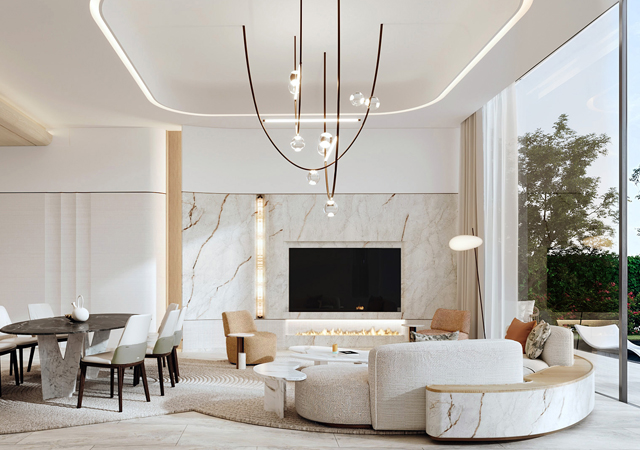
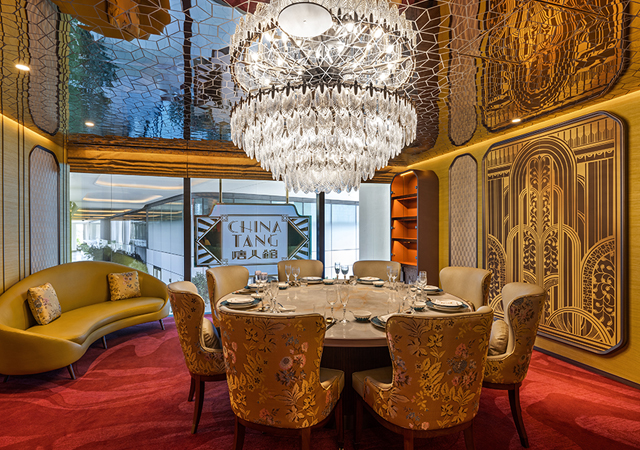
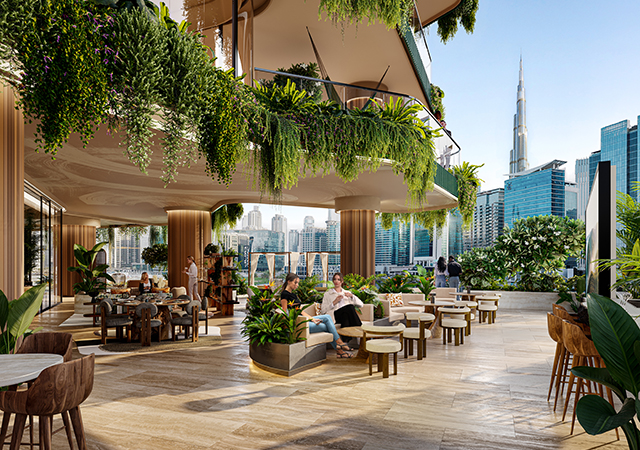
.jpg)



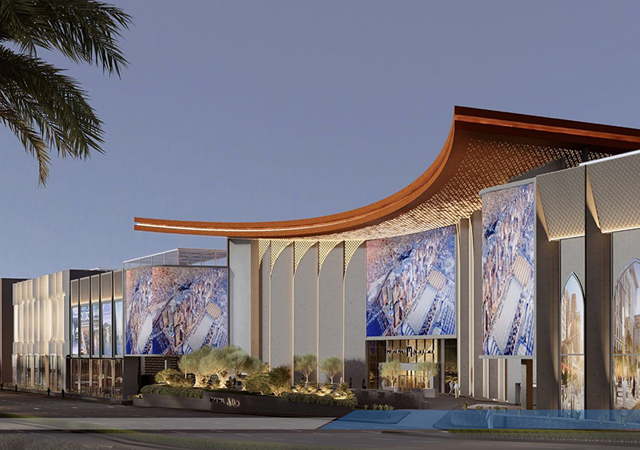
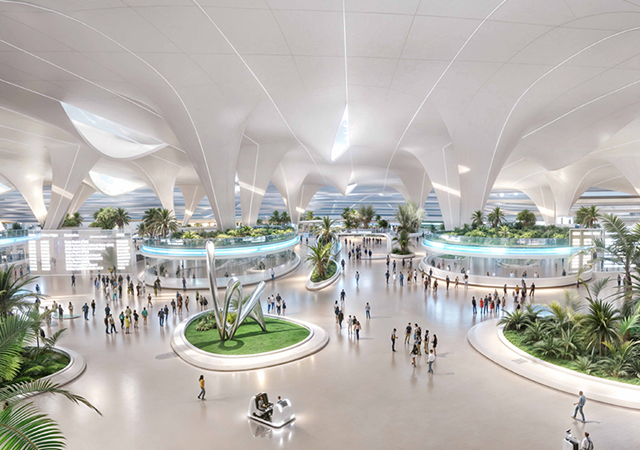
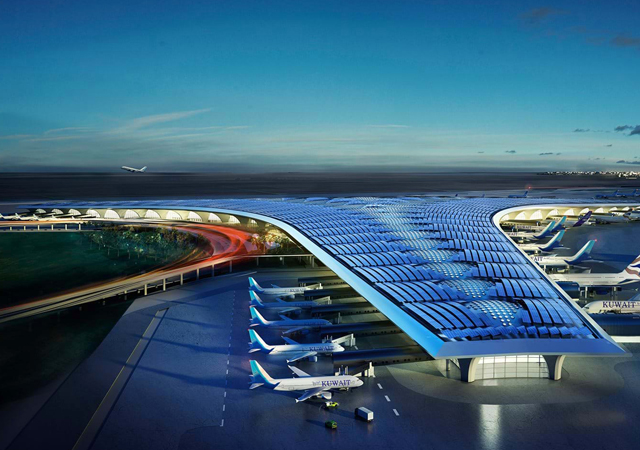
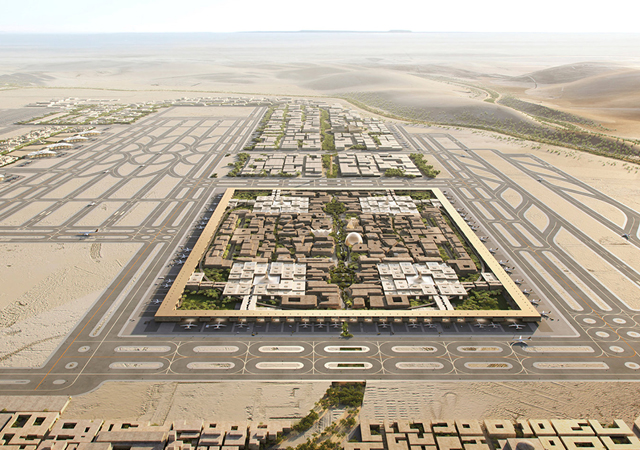
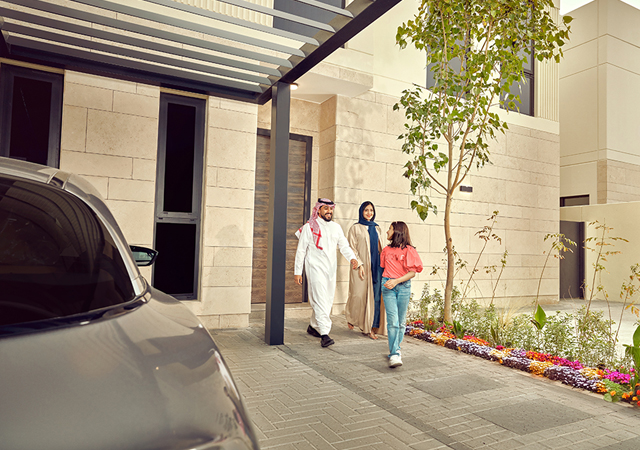
.jpg)

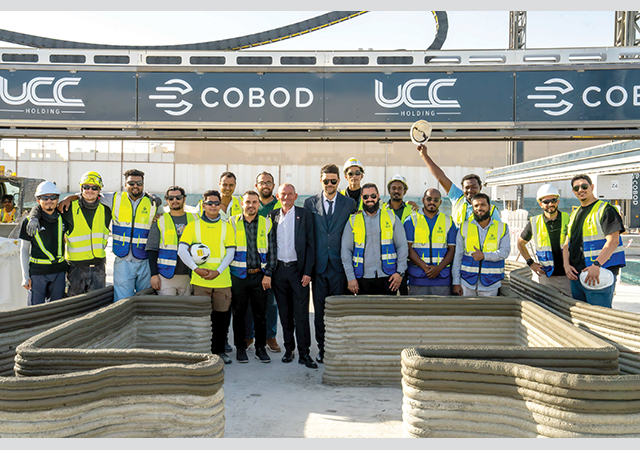
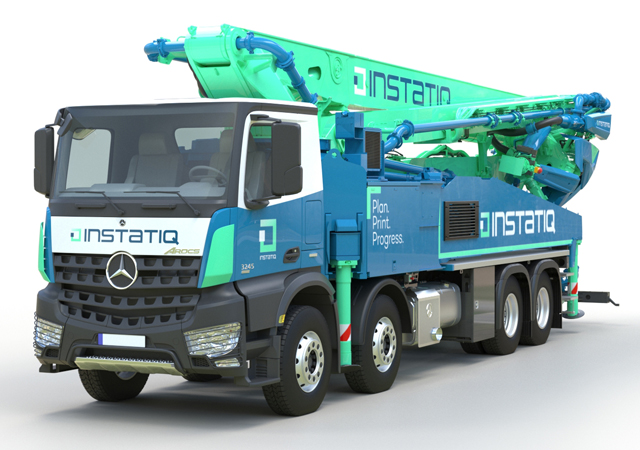

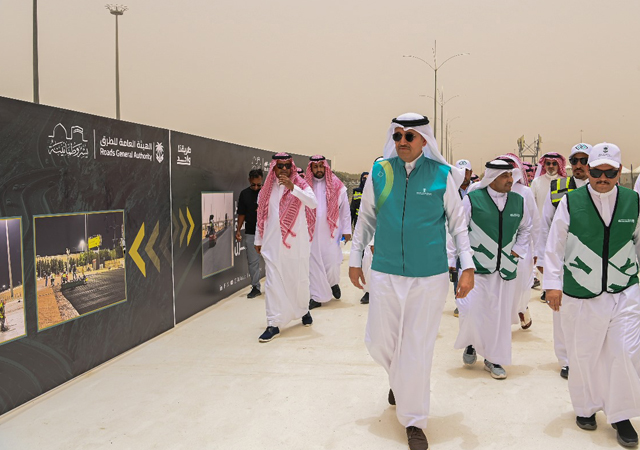
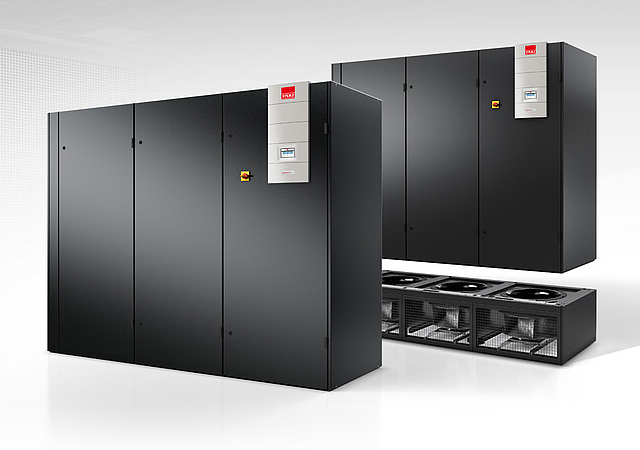
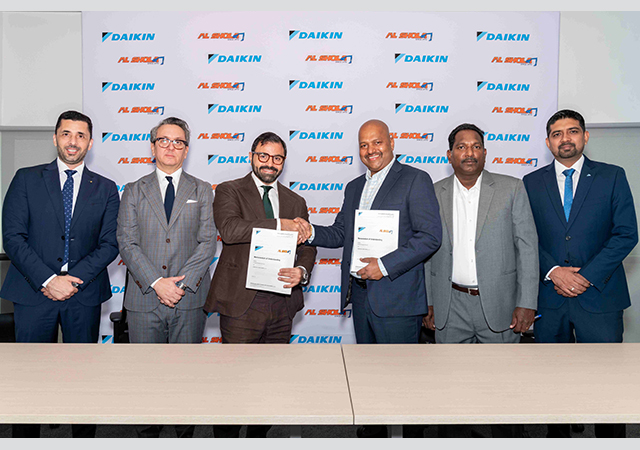

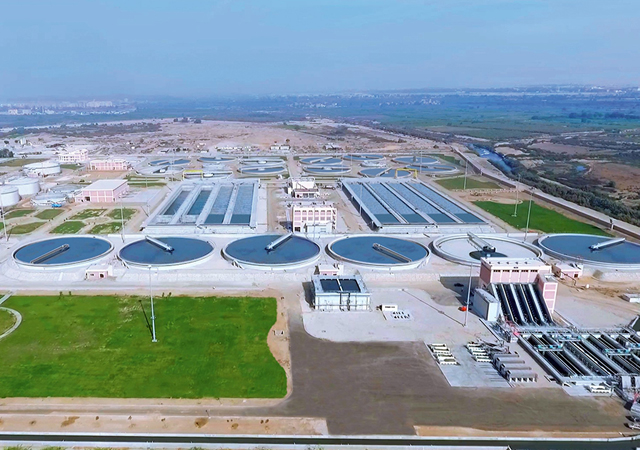
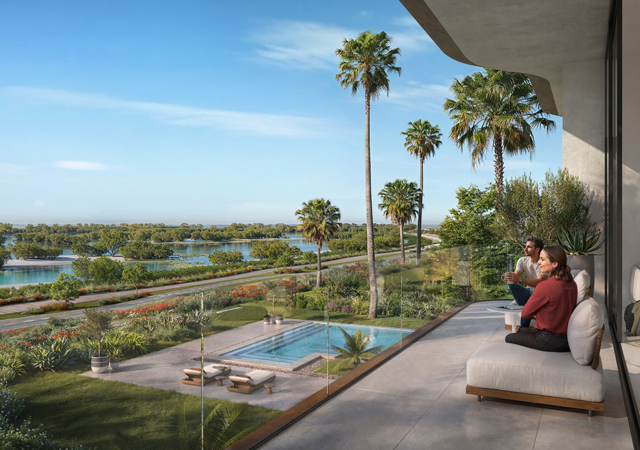
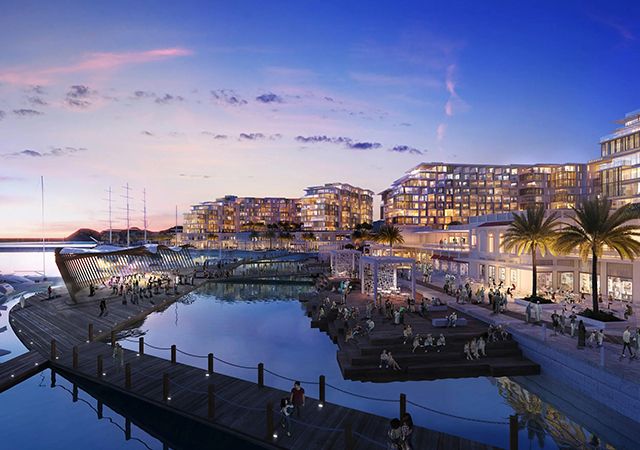

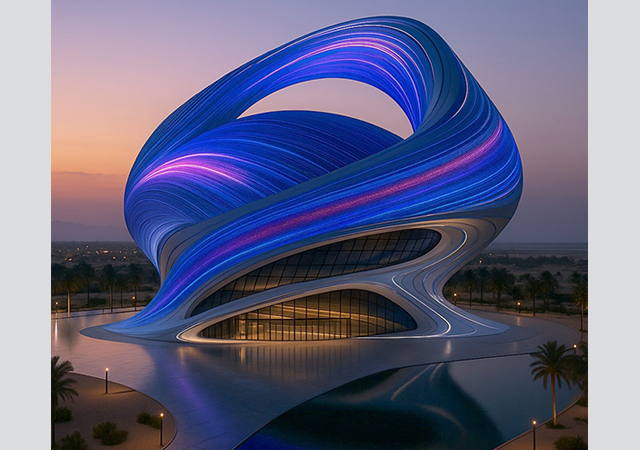
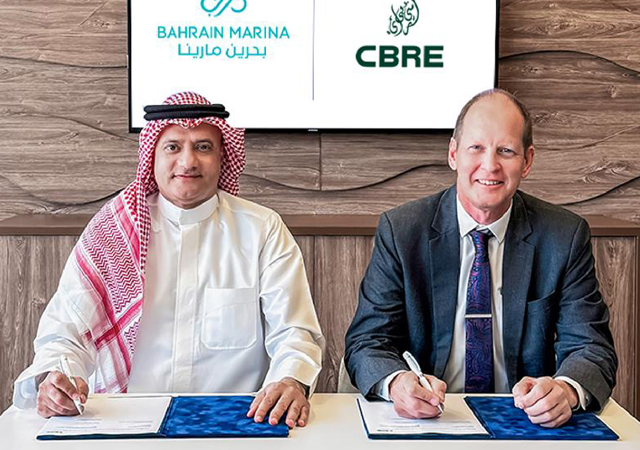
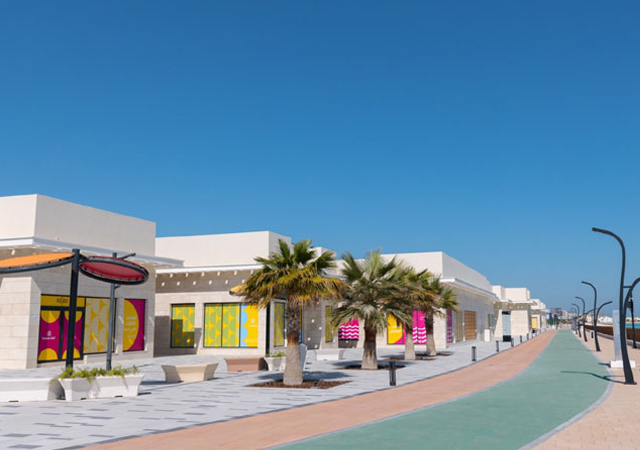
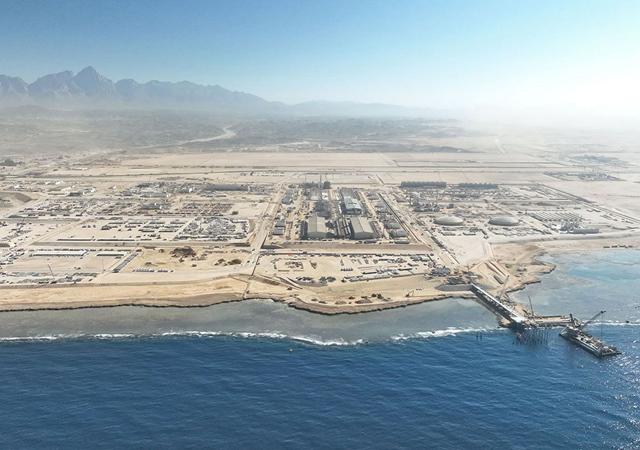
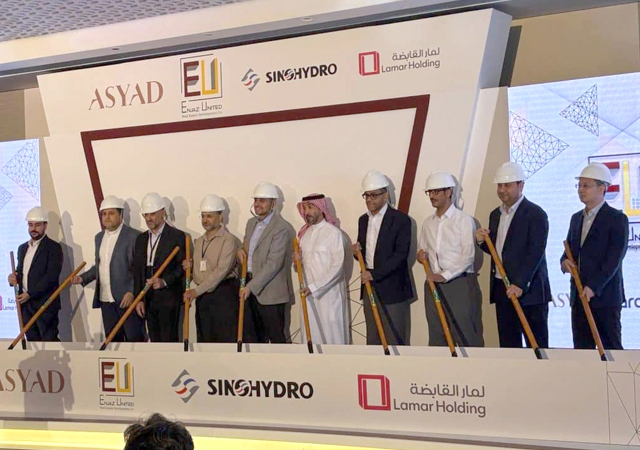
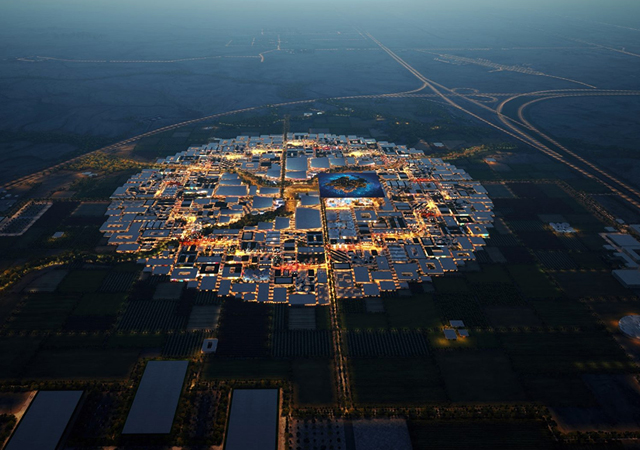
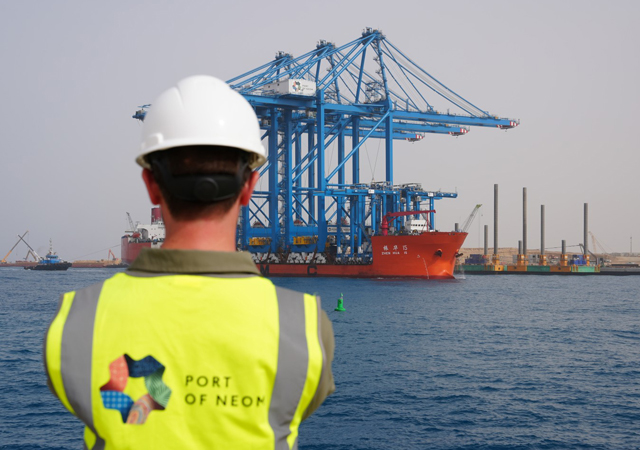
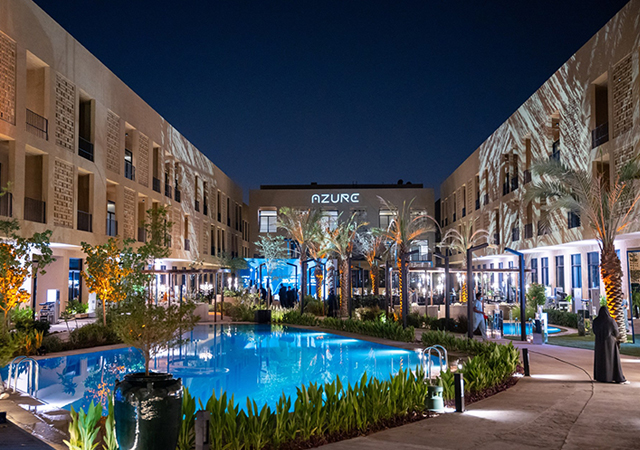
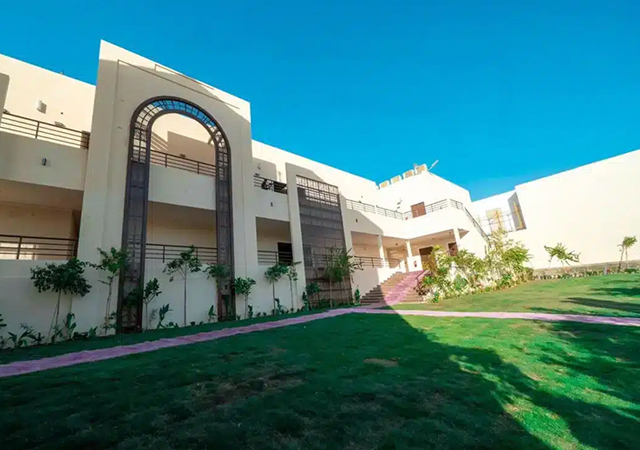

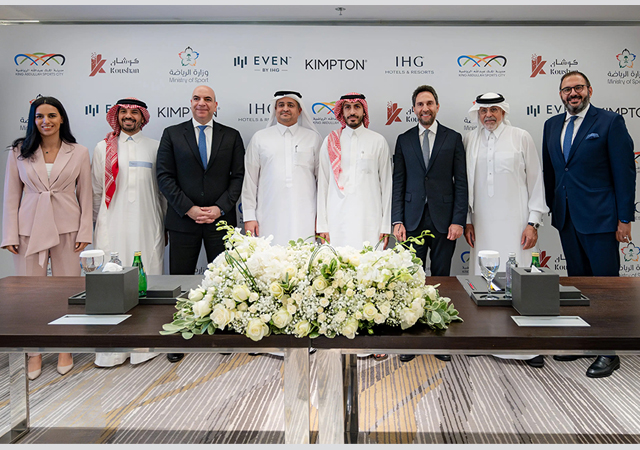
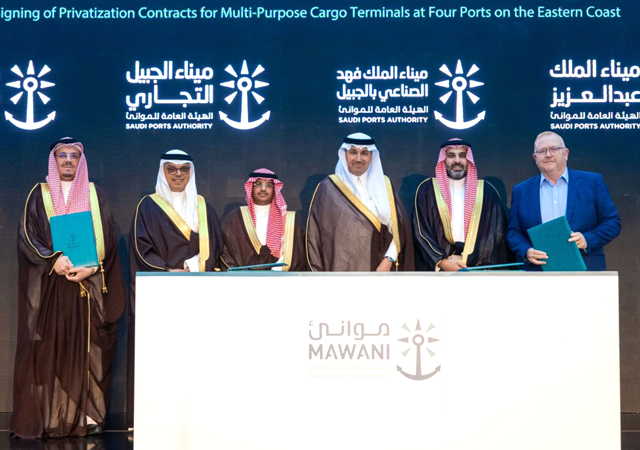
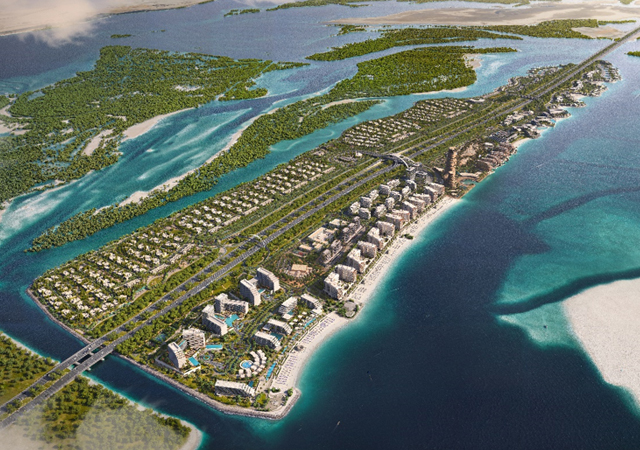
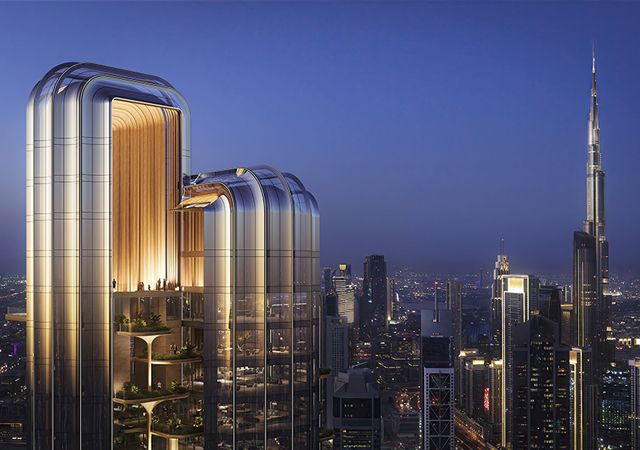
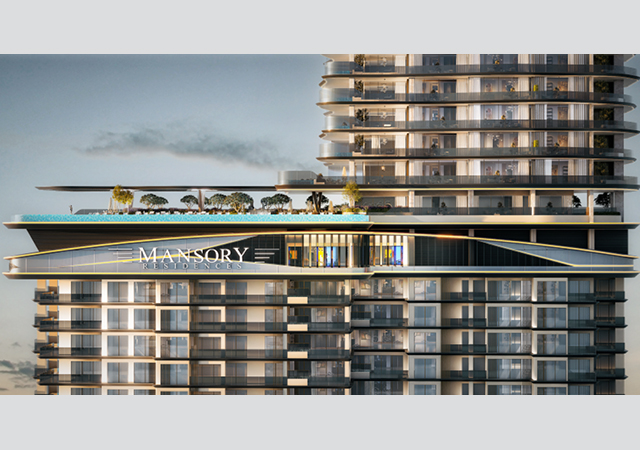
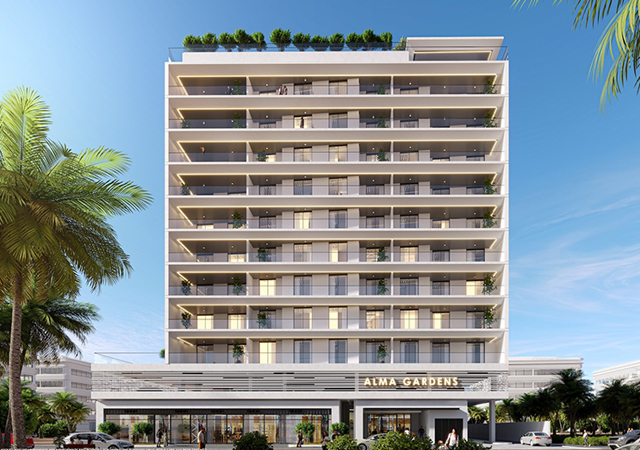

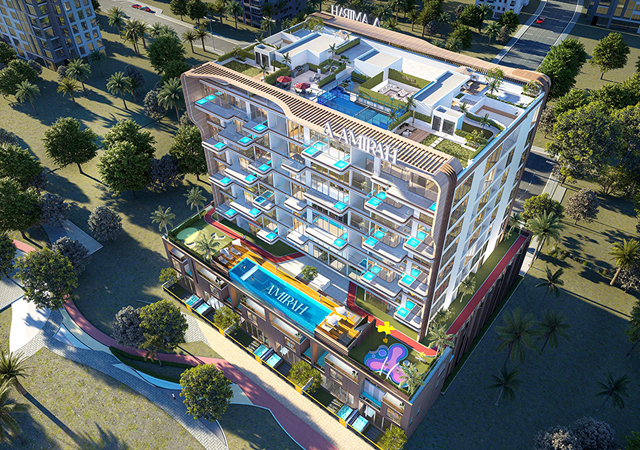
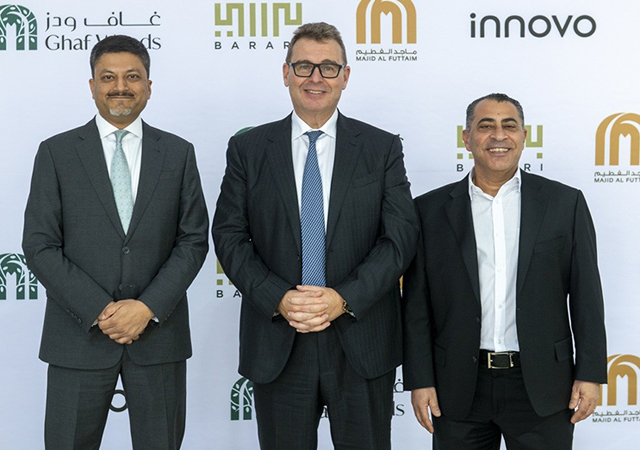
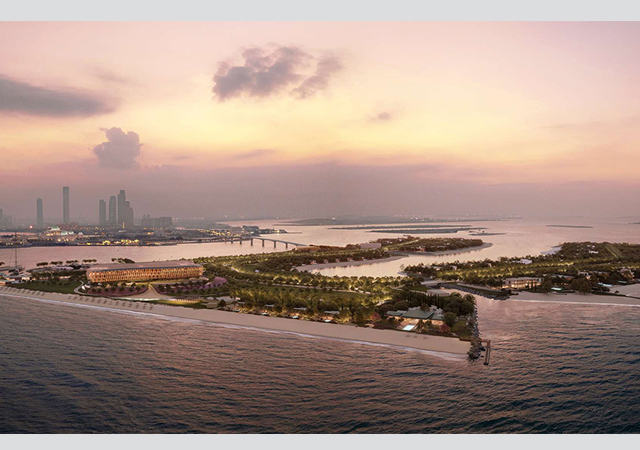
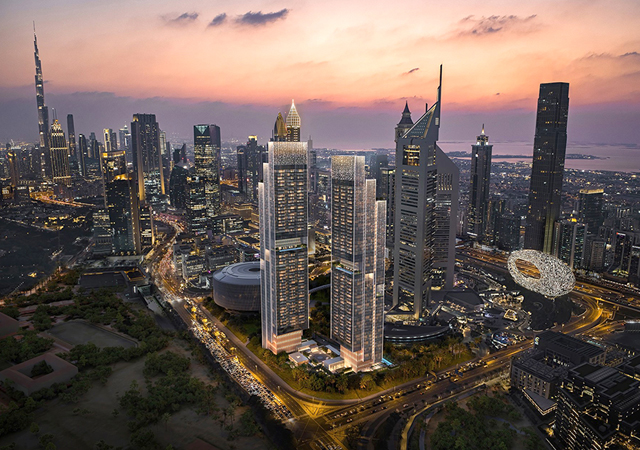
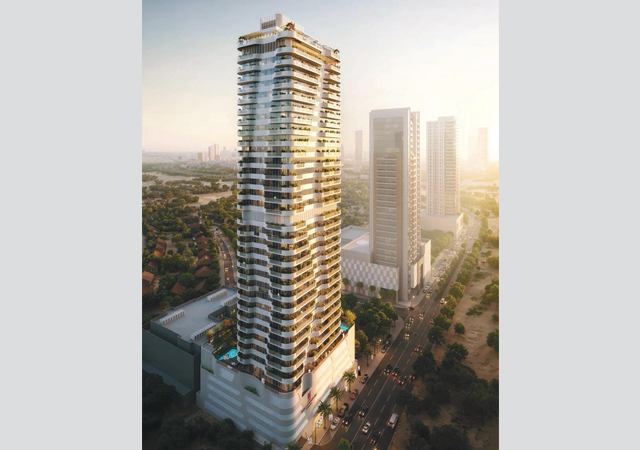
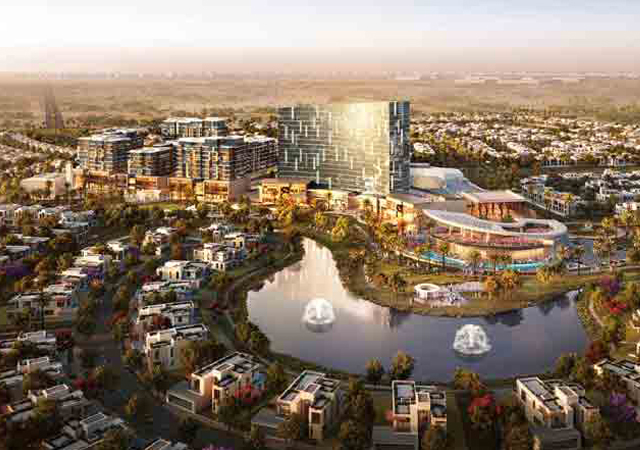
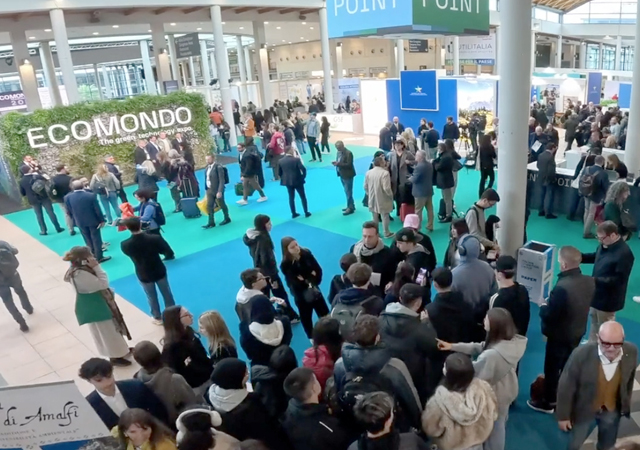
.jpg)






